- Remove Article filter Article
- Remove Settlements, Villages, Towns filter Settlements, Villages, Towns
- Remove Communications filter Communications
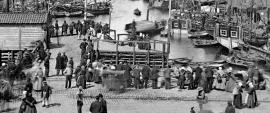
The City and the Stril country
The relationship between Bergen and its neighbouring districts, normally known as “Strilelandet”, has, over the centuries, given rise to greater conflicts than the contacts between any other Norwegian city and its nearest hinterland.
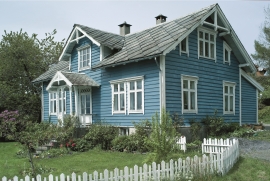
Vernacular Architecture and the Landscape
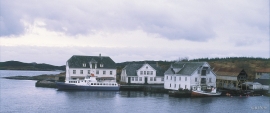
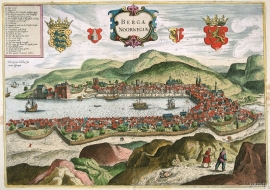
Bergen – The Urban Community
Bergen - our first royal residence city – has for centuries been Norway’s, and for long periods, Scandinavia’s biggest city. The historical monuments round the Vågen bay tell us that the city has been of national, historical significance.
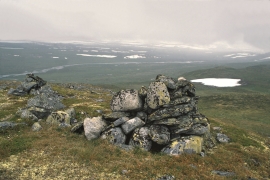
Hardangervidda – Crossing the Uplands
Slepa, the ancient “drove roads” across the plateau, date back to prehistoric times. Through the centuries cattle have been driven to the markets in the east; the people of Hardanger went on their trading journeys with tallow and salt to the mining town and silver mines of Kongsberg, and soldiers and other travellers also used these roads.
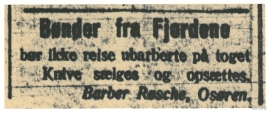
Farmers from the Fjords
Eitt av dei store samferdsleprosjekta på Vestlandet mot slutten av 1800-talet var opninga av Nesttun-Osbanen i 1894 – ei oppbløming av lokalhandel, turisttrafikk og «landliggere».
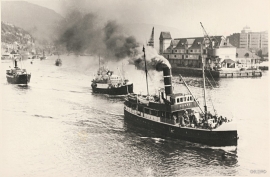

From “Spearway” to National Highway
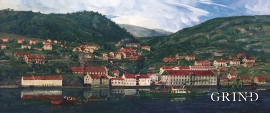
The Urban Settlements
The development of urban settlements after 1850 is a historic process of great significance for the cultural landscape. Besides the great land reforms and the new ways of working in agriculture, the changes in the settlement pattern and the building of a road network with roads, bridges and cuttings were the single factors which have most significantly contributed to the metamorphosis of the county’s physical visage in the last 150 years.


